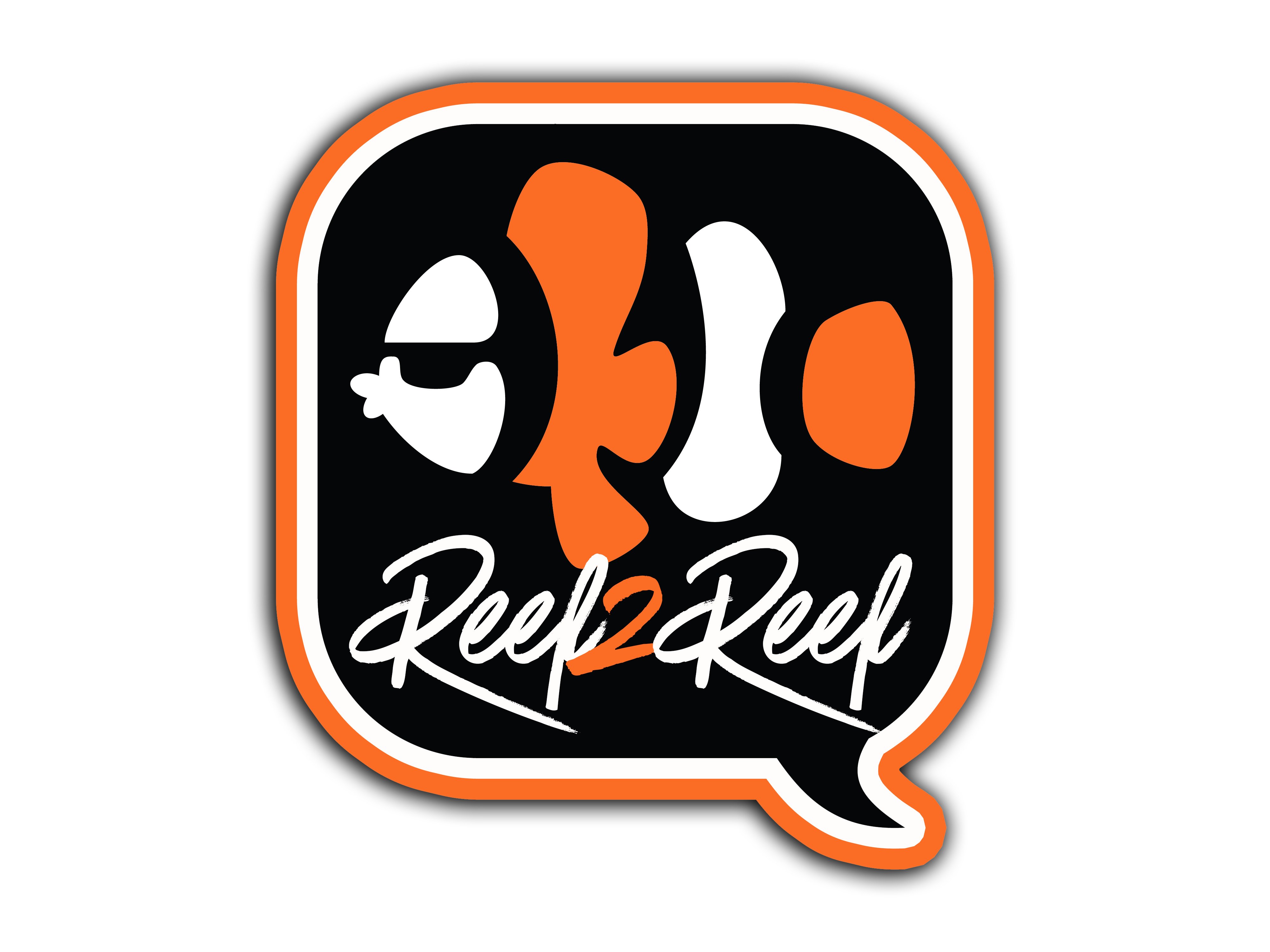I do not live in the city though so I do kind of want to check but I could've swore when I had those electric water heaters installed, they had said 60psi, from what I recall because they were saying something about recommending not going higher because pipes could start bursting.Yeah,,, you need a gauge. I think the BRS 4 stage you're looking at probably doesn't have one but you could add one easily.
Highly unlikely there's any pressure gauge on any of your existing household items (like water heater that you asked about).
Normally, in the city anyway, pressure from the utility is higher and there's a restrictor on the incoming line to your house to lower the pressure. (You could find that and see if there's an inspection tag noting the pressure it was set at and assume it's likely still about right).
Reality -- if you're going full-on low budget,,, just get the RODI system running and see how it works out,,, then decide if you care enough to add a pressure gauge and decide if a booster pump is worth it to you.
How would I know though if I NEED a pressure gauge and booster pump??
























